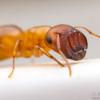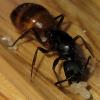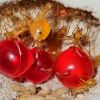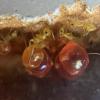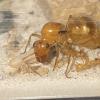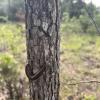So I am thinking about purchasing a small colony of Myrmecocystus melliger, so I am wondering how to care for them. What kind of tempeture, food and other things do I need to have and know about to care for these ants? I have seen a lot of people keep them in mini hearths, when should I move them into one? One more thing, how do I pronounce their genus name I've always wanted to know.
- Formiculture.com
- Forums
- Gallery
- Members
- Member Map
- Chat


